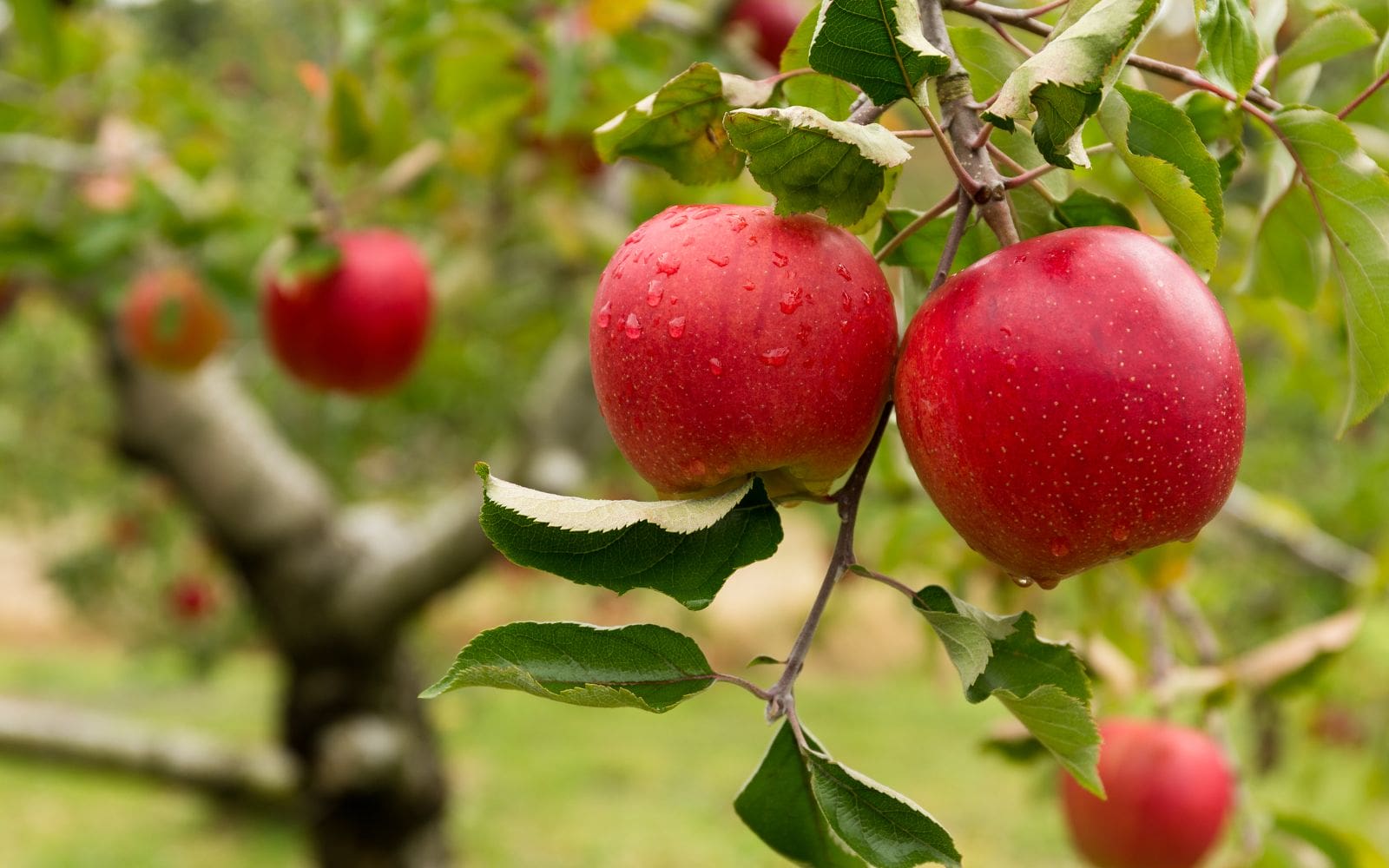The Beginner Guide to Starting a Fruit Garden
If you followed along in chapter 1, you’re in an excellent starting position to start gardening.
That’s because you’ve already:
- Become familiar with what plants need and things you need to know
- How to choose healthy plants
- Explained ways to enrich soil and the essential gardening tools you need
And in this chapter, we will get started with a fruit garden and the plants you can get started quickly.
Why should you plant a fruit garden?
There are several advantages to growing fruit gardens in different climates. Homeowners who grow fruits in their backyard have access to nutritious fruits at a low cost. You only need to maintain the tree’s overall health and get fruits for several years to come.
Growing your fruit garden also gives you more control over what you have in your fruits. This means no excessive use of pesticides or harmful chemicals. You get an incredible flavor and rich source of nutrients in the fruit grown in your backyard.
When you plant your fruit tree, you know what you’re getting. It’s fresh, flavorful, and you’ve controlled its development and growth. Having it in your garden means you have a choice in terms of the varieties you can select.
Finally, fruiting plants lend ornamental value to your landscape. You get spring flowers, summer and fall flowers, and also fruit.
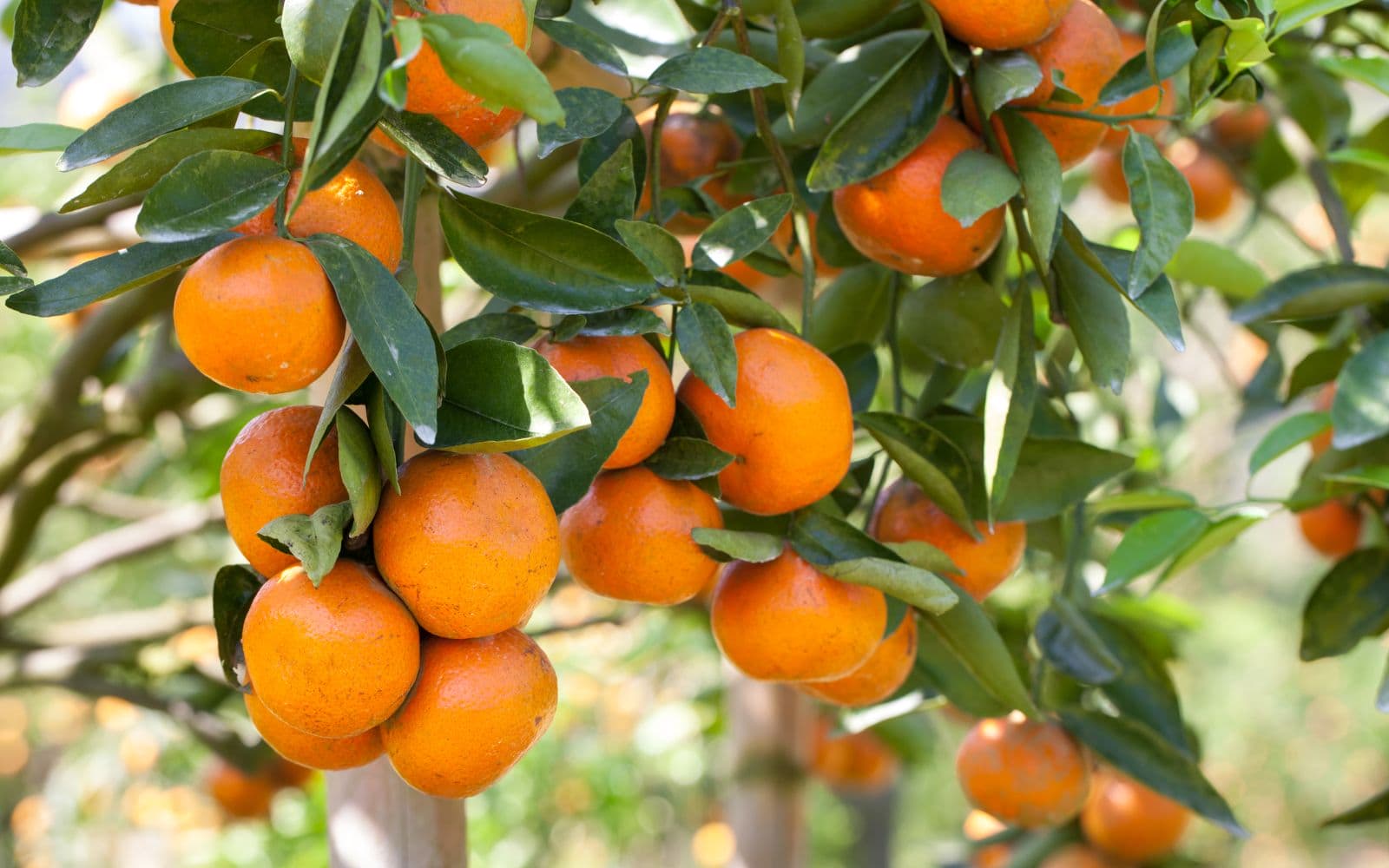
How to get started with fruit trees?
Before you get started, you need to determine the hardiness zone of your location. You can either use a general hardiness map to get a broad overview of your area or use an interactive online map produced by the United States Department of Agriculture.
You may find it more convenient to use the interactive online maps as it allows you to zoom into a specific location and are more current. These hardiness zone maps are updated every ten years based on recent data.
Choosing Fruits and Trees that will survive in your location
Hardy plants are suitable to grow in cold temperatures. If you live in a cooler area, hardy-bred trees have been carefully produced after decades of effort.
Here are some examples of fruit plants you can grow based on their hardiness zone.
| Super hardy | Hardy | Cold Avoiders | Hard Bred |
|---|---|---|---|
| Aronia | Arctic kiwi | Blueberry | Apple |
| Chokecherry | Hardy Kiwi | Goji Berry | Cherry plum |
| Currewnt | Nanking cherry | Lingonberry | Grape |
| Haskap | X | Sand cherry | Plum |
| Highbush cranberry | X | Strawberry | Pear |
Most garden centers will list the hardiness zone of the plant. It’s based on the location in which the plants were bred and evaluated. For example, if the plant was produced in zone 3, it will probably be hardy in zone 3 and at least two zones warmer.
Note:
You may find that the plant experiences partial dieback in the first year following their first winter. This happens because plants are often grown in greenhouses and get out of sync with outdoor growing conditions and don’t go dormant when they should have.
You don’t need to worry much as you can prune off the dead branches and plants get in sync the following season.
You can use the following tips to promote the winter survival of the plant.
- Pay attention to new growth buds and leaves in a late frost. If the plant is still producing fresh leaves, it means the plant is growing rather than becoming dormant. This happens when you fertilize too much. To prevent this, you should be fertilizing only in spring and sparingly in summer or fall. You can also cut back on the nitrogen in the fertilizer.
- Don’t prune too much or too late in the growing season. It encourages plants to continue growing when they should be shutting down. You should prune only in late winter or early spring and only remove 25 percent or less of the plant.
- Too much stress to plant: A stressed-out plant due to excessive weeds, grasses, or other plants can lead to poor winter survival.
Use the right soil to grow plant
Soil is the medium in which plants grow. Without soil, it will be almost impossible to grow fruit plants. Good soil provides the physical support in which plants grow and allow them to stand erect.
Soil provides the required nutrients and habitat for a microorganism that determine nutrient availability. Healthy soil contains 45 percent of soil material, such as sand and rock particles, and the rest of air and water.
The good airflow in the soil provides the oxygen needed by plant cells to its root. Poorly drained soil or waterlogged plant for a long time causes a lack of oxygen and makes plants die. A rotted root is the primary cause of plants dying immaturely.
The rest 5 percent of soil composition is made of organic matter. Organic matter provides nutrients and prevents compaction by maintaining the pore structure in the soil.
Not everyone is fortunate to work with the right type of soil. People often have problems with soil, such as those lacking aeration or proper drainage due to a low texture and pH above or below the optimal range.
Know about soil pH level
The pH rating of the soil tells you how alkaline (basic) or acidic your soil is. The pH level is measured on a scale from 0 to 14. A ground with a pH level of 7 is neutral and is the point at which most nutrients within the soil water are available for plant use.
As the pH moves away from neutral 7 in either direction, fewer nutrients are available to the plant. The organic matter and bacterial activity shift away from neutral soil.
When the soil pH level is below 7, the soil is increasingly acidic; above 7, it becomes more alkaline. Some fruits such as lingonberries and blueberries thrive in acidic soils, but the majority of fruit plants grow well within the pH range of 6 to 7.5
Soil compaction
Another vital thing to know about soil is that most people don’t have native soil at home. This is more applicable to urban homes where developers bring dirt from other places to level the land.
Native soils are not compacted. They are loose and friable, have good air and water movement, and are naturally aerated by soil organisms, such as moles and worms.
If you have landscaping done in your yard, then the soil may be most likely compacted. A yard with lots of foot traffic or the use of heavy gardening machinery causes the ground to get packed. Water droplets can also cause the soil to become compact.
You can till the ground using various gardening tools to reduce the soil compaction and let the air flow freely in the soil.
Topsoil
You can buy the topsoil from garden centers or retailers. These are divided into different types of mixes, such as 2-way, 3-way, or 5-way topsoil. You should prefer the lower number of topsoil.
- 2-way topsoil has half loam and half compost
- 3-way topsoil is composed of compost, peat, and 33 percent loam
- 5-way topsoil is composed of garden mulch, peat, compost, sawdust, and 20 percent loam
The 5-way topsoil is cheap, but it contains very little soil and lots of organic material.
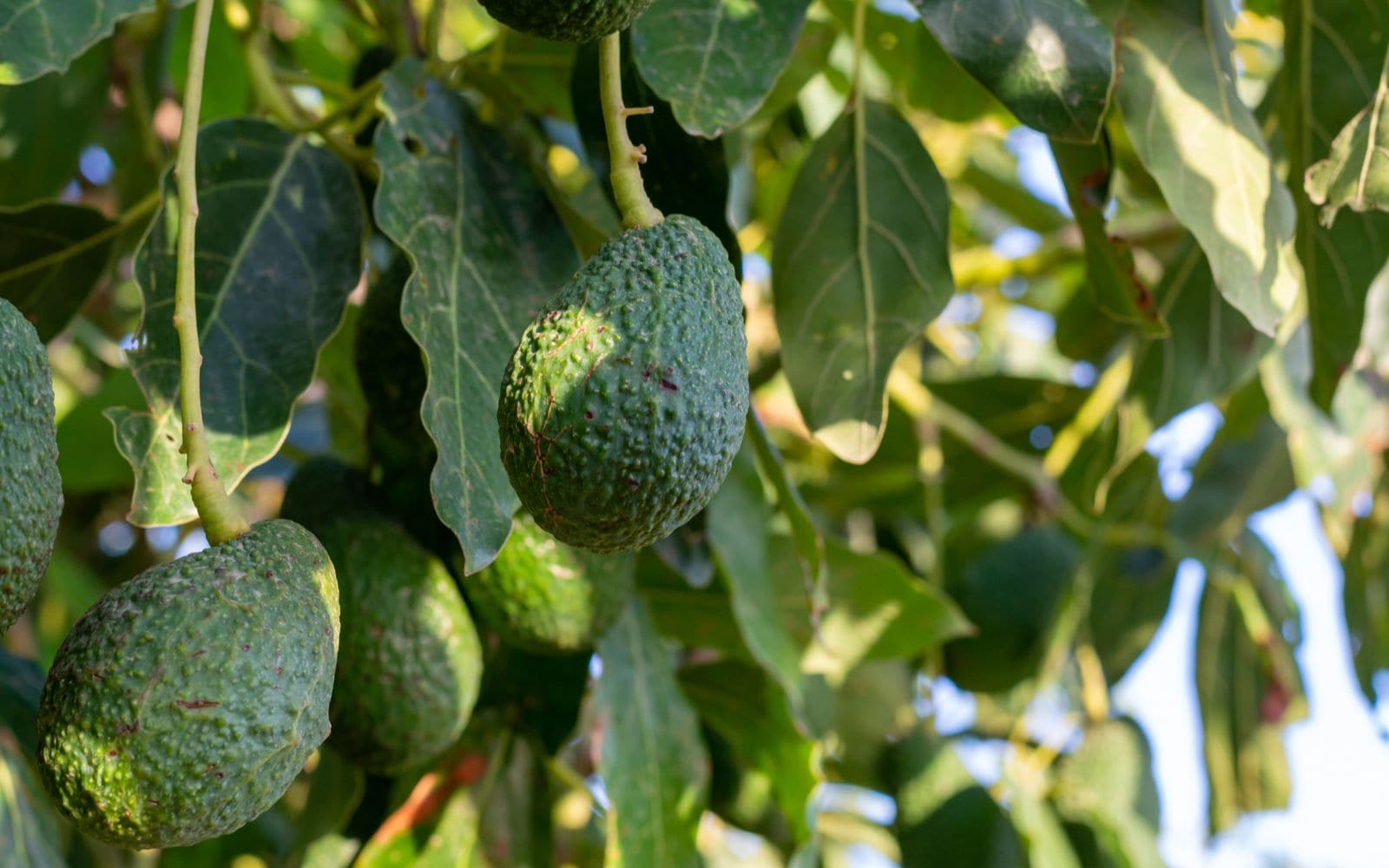
How to improve the soil for fruit gardens
Most fruit trees are perennials, and the best time to improve the soil for a fruit garden is before you place the plant in the ground. Improving soil around the existing plant is less effective. You have to take the necessary care not to damage the roots.
But you will still be better off improving the soil to maintain healthy and fruitful trees. You can improve the ground adjacent to fully grown bush fruit and trees up to 0.3 to 1.2 m from the main stems or trunk.
You should limit improving the soil near mature fruit trees and shrubs in spring, so they have time to recover from any possible root injury. To reduce stress, consider incorporating amendments into the soil on one side of the plant one year and the other side the following year.
You can amend the soil organically by adding compost, peat moss, alfalfa pellets, or composted manure to improve the soil quality. As these organic materials break down, it releases nutrients. It improves the soil’s physical structure, increases its aeration, drainage, nutrient, and water holding capacity.
You can use the following items to amend the soil:
Peat Moss
Peat moss is made from leaves and stems of sphagnum. It forms a single layer of large cells that can hold ten to fifteen times their water weight.
Peat mosses are low in nutrients as it contains less than 3 percent nitrogen. It increases the soil’s ability to hold nutrients and water. Adding peat moss to the ground also helps lower the soil’s pH that helps acid-loving plants such as blueberries and lingonberries.
Animal By-Product
Animal by-products such as manure and bone meal help amend the soil. Manure varies in its nutrient content depending on animal diet and the type of animal. The other by-product, such as bone and blood meals, contains a higher concentration of nutrients but less organic matter.
Compost
Composting is a popular way to improve the soil. It uses garden and kitchen waste materials. Compost is an ideal soil conditioner and slow-release fertilizer that would otherwise be lost forever in a garbage dump.
Alfalfa Pellets
These are made of dehydrated alfalfa forage. It contains a higher fiber content and has over twenty micro and macronutrients, including naturally occurring plant hormones.
These have a high moisture-holding capacity, a neutral pH and are available in the easily handled size and spread.
Fertilizer for Fruit Plants
Fertilizer helps with the fruit production and growth of plants. The use of fertilizer is on a need basis. If your fruit tree looks healthy and produces fruits to your satisfaction, they may not lack nutrients.
You may do soil testing to understand the nutrients in the soil. Usually, a light application of granular fertilizer in early spring or during the growing season is enough. You should not fertilize at the same level during later summer or fall.
Late fertilization causes the plant to remain in growth activation mode rather than hardening off for winter. It may cause damage to the plant if they don’t go dormant in winter.
When you have to use a fertilizer, moderate nitrogen, and phosphorous content fertilizer such as 11-48-0 and 16-20-0 should be sufficient. You can add extra potassium or other nutrients if your soil is particularly deficient.
On soil with a pH higher than 7, adding peat moss or a sulfur-containing fertilizer such as 21-0-24 or 16-0-14 may reduce the pH.
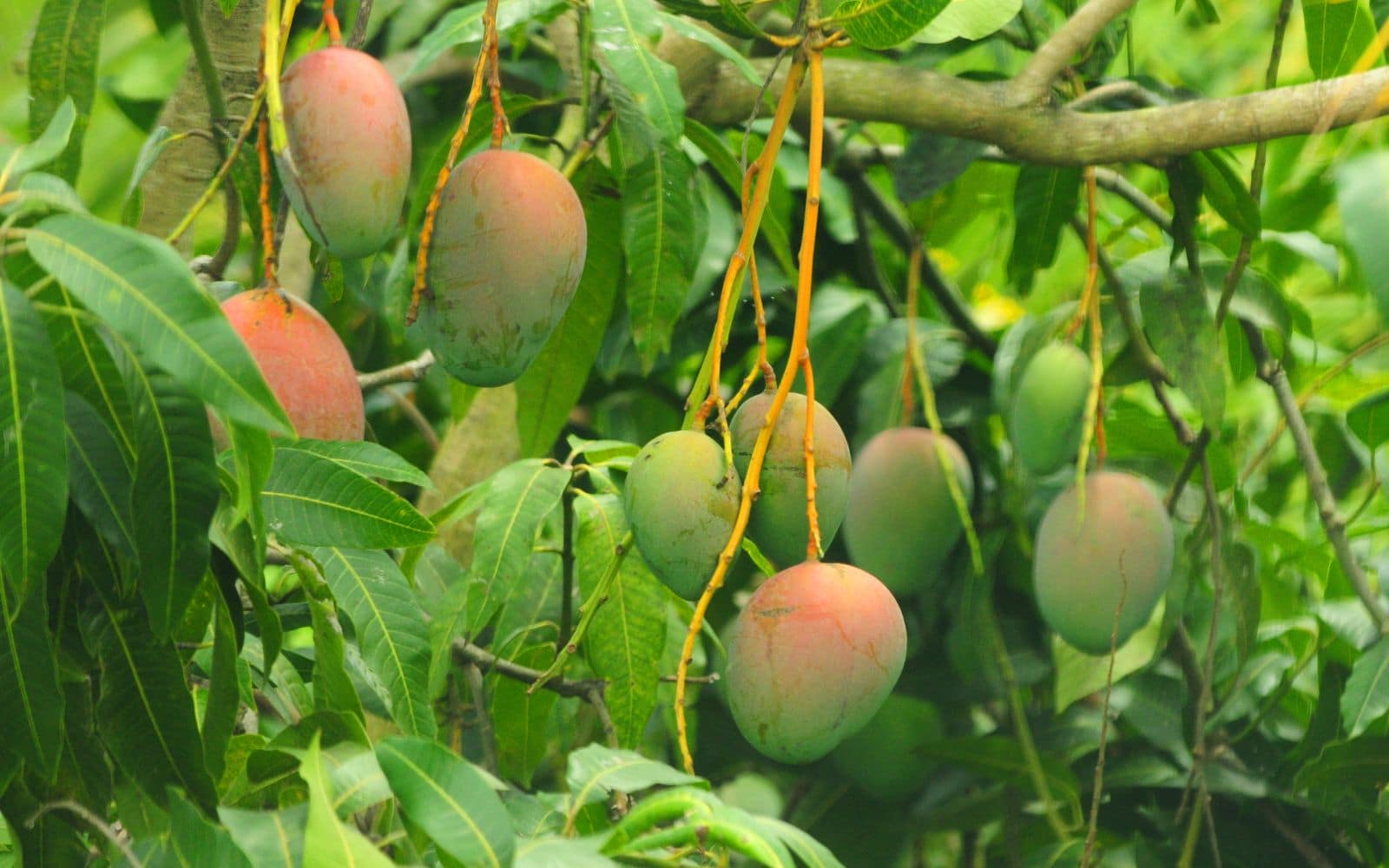
Where to plant a fruit trees?
You need to plant it at a location where it can get enough sun, water, air, nutrients, soil, and space.
A suitable site selection is a must for growing fruit trees successfully. Generally, you want to choose a location where the plant can get sufficient sunlight. The more amount of sunlight plant receives, the more fruit they will produce.
Another consideration in site selection is soil. Fruit trees do their best on well-drained soil. Roots need oxygen to remain healthy as insufficient oxygen causes them to rot and die.
When planting a tree, avoid low-lying areas that may cause water to stand for weeks at a time. The low-lying areas can also be a problem due to late frosts as the cold air sinks making the plant more vulnerable.
Similarly, hilltops in open areas receive too much wind, causing plants to dry out during the growing season and get damaged in winter. If you’re planting trees in urban areas, the houses, fences, and other structures may protect against wind.
The best location to plant a fruit tree is where it gets protection against strong winds, snow, and access to a large amount of sunlight.
How to correctly prune the fruit tree?
For a healthier growth of a plant, correct pruning is essential. It’s a skill that can be learned quickly but takes years to master. To get started, you must know why you’re pruning and understand that pruning stimulates plant growth.
As you correctly prune the fruit tree, it redirects the flow of energy within a plant toward developing desired plant parts, like foliage, flowers, fruit, and sometimes even roots.
Pruning is all about technique and timing. It may be intimidating at first, but like any acquired skill, you can further improve it through practice.
So why should you prune your fruit tree?
The purpose of pruning is threefold:
- to improve appearance,
- manage flowering and fruiting, and
- maintain the health of the plant
A single pruning achieves all three goals for most plants, though different cuts produce a different appearance.
Pruning keeps plants healthy and tidy

Corinne White
Home Gardener
Here are some of the benefits of pruning plants:
Improved Appearance
Proper pruning improves the look of the plant. For example, if you have planted fast-growing shrubs like winter honeysuckle and forsythia. It tends to put out a tangle of shoots that can be pruned to get the desired beautiful shape.
Manage fruiting and flowering: Pruning controls the growth of a plant that stimulates flowering and fruiting. If a plant has more stems, it will have more growth points, which means more potential to produce flowers and, subsequently, more fruit.
Improves Plant Health
Proper pruning also helps maintain plant health and rejuvenate a weak or failing shrub. When you remove the old stems, the roots’ energy causes the sprouting of fresh young shoots capable of making enough leaves to power flowers’ formation.
Before you get started with pruning, you need to access the correct type of pruning tools. It’s essential to keep your pruning tools sharp and clean.
If you have a dull blade, it makes work more difficult, resulting in jagged cuts and tears that look bad. You may also get uneven and damaging cuts that could make plants get infected with pests and diseases.
Here are some essential pruning tools that you may need for your gardening needs:
Hand Pruners
Hand pruners are easy to use and should be in the gardening tool arsenal for any new or experienced gardener. You can use it for various pruning tasks such as deadheading, dead leafing, and cutting thick woody stems. You can find our best review of hand pruners here.
Loppers
Loppers are used to cut thick branches up to two inches in diameter. It has a more extended handle to cut more prominent and thicker branches with ease. You should invest in a top-quality pair that can be dismantled, cleaned, and repaired.
Pruning Saws
Pruning saws are used to cut branches that are too big or thick to be cut by pruners or loppers. Usually, you can use it to cut branches up to six inches in diameter. The razor teeth in the saw are designed to cut stiff branches.
Shears
There are different types of shears available with a single goal of quickly cutting large swaths of thin or soft stems. You can use them for hedging, cutting back ornamental grasses, or deadhead masses of perennials.
The most crucial trait in shears is weight. You should choose a light but the sturdy quality of shear. For professionals or large hedge trimming needs, you can also select powered shears.
Pole Saw
The pole saw has the same functionality as loppers and pruning saws, but it has an extended handle to prune trees up to fifteen feet tall. If you have trees more elevated than that, you may require ladders.
The pole saw has an extended handle, sometimes collapsible, attached to the top’s lopper mechanism. There is a rope attached to it that, when pulled, cuts. You should choose a top-quality pole saw to avoid the frustration of handling flimsy poles.
Chainsaw
Chainsaw is the ultimate weapon when it comes to pruning. You can choose a small one that is best for pruning.
You can choose a more powerful one for felling trees. There are also different models of chainsaw that come attaches to poles, making them ultra-useful.
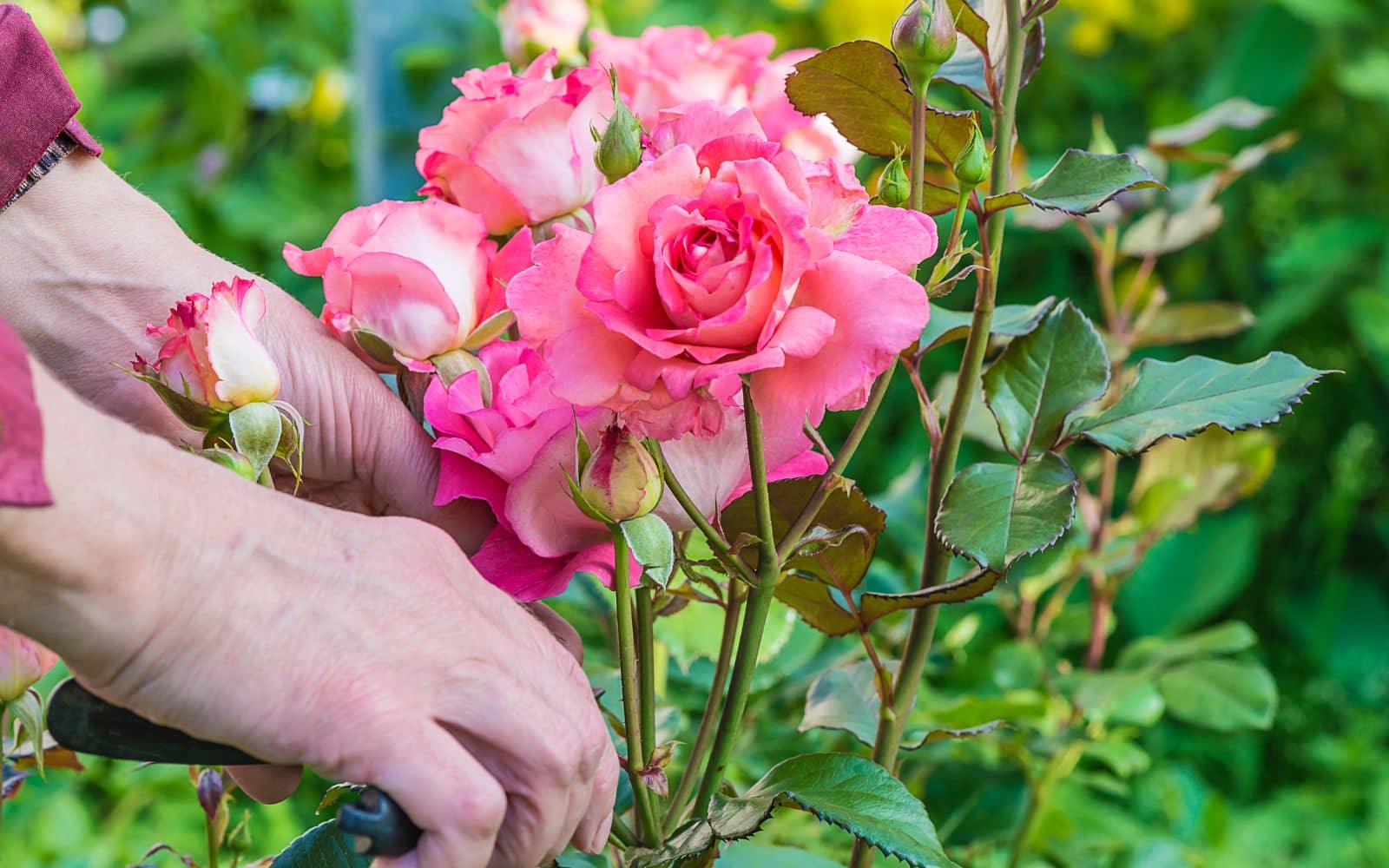
What are the different types of pruning cuts?
There are two primary pruning ways for woody plants; heading back and thinning out.
The heading cuts are made above a growth point, or node, resulting in bushier growth. They are perfect for sheared hedges.
The thinning cuts are made below a node and just above the lateral stem’s juncture, resulting in growth that extends outwards. Thinning cuts create open canopies, allowing sunlight and air to enter the crown. It results in well-formed trees or shrubs.
You should always consider the long-term consequences when you prune. If a plant’s tips are headed back, it must be pruned in the same fashion each year to check excessive growth stimulated by previous cuts.
You need to be careful when making cuts for pruning. It should be cautious, clean-cut, and not haphazard hacks.
When cutting above a node, cut a diagonal slanting away from the node. You can leave a small amount of stem to support the new terminal bud.
It allows the water to run off efficiently, and the wound heals quickly. Pay particular attention to the cutting angle. If the cut is in the wrong direction, water will run onto the bud and cause rotting.
Also, don’t cut too close to the bud. The bud may die. An excessively long diagonal cut also increases the risk of infection entering the wound.
Fruit Plants Growing Tips
Here is a thing; Fruit trees are highly temperature-sensitive. When it’s extremely cold, it can freeze flower buds. Some varieties of fruit plants can tolerate colder weather than their flower buds.
It means the trees might live through a cold snap, but the flowers won’t. And if you don’t have flowers, then it means you won’t have fruits either.
Temperature fluctuations can also cause problems. It’s mostly for plants that need to be cross-pollinated with pollen from another plant. If you live in an area where the temperature fluctuates widely, you may need to consider it before planting.
You also need pest control to have a higher chance of having healthy and nutritious fruit. Some pests can be controlled with a spray of horticultural oil when the plants are not leafed out. Other pest problems have to be controlled while the fruit is growing on the tree.
Also, consider that different pest are active at other times of the year. It’s usually a good idea to routinely check it to identify any pest problem. If birds are a problem, you can use netting to keep them from carrying away harvest.
Key Takeaways
In this chapter, you learned the basics of getting started with growing fruit gardens. Once you have a proper understanding of how fruit plants grow, you’ll take better care of them and have better results.
It isn’t enough to know just the how-to. To be successful at gardening, you and need to understand why you are doing something. With a bit of information, growing a fruit garden suddenly goes from mysterious to predictable.
Next Up: Getting Started with Vegetable Gardening
So now that you know how to grow fruit plants and tips to get the best results. Next, we are going to talk about growing vegetables.
Growing your own vegetables have several benefits as you can get delicious and full of nutrients rich vegetable grown in your own backyard.
Click through to Chapter 3 and we’ll show you how.
What Next?
Start Organic Vegetable Garden.. that’s Full of Nutrients
We’re going to show you:
- Simple steps to get started with vegetable gardening
- Should you seed or transplant vegetables?
- How to properly care your plants for maximum yield
- Fertilization and identifying nutritional deficiencies

